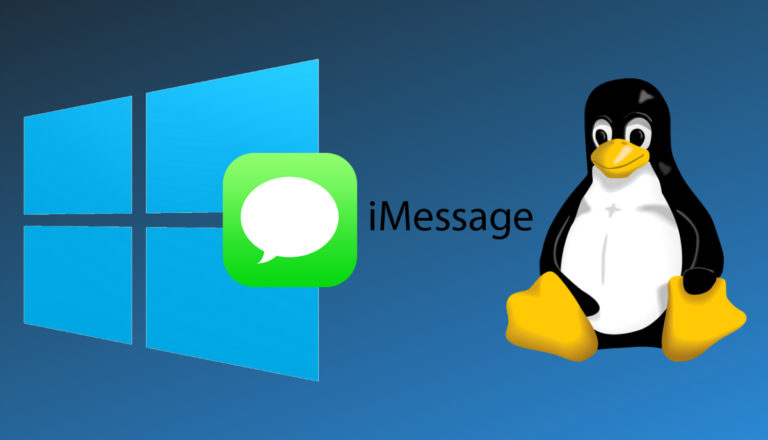Researchers Have Created The First “Quantum Computer Bridge” On A Single Chip

 Short Bytes: A team of Sandia Ion Beam Laboratory and Harvard researchers has created the first ever successful quantum computer bridge. This has been achieved by embedding silicon atoms in a diamond substrate and bombarding them with photons. This new research could act as a key to scaling up the quantum computers.
Short Bytes: A team of Sandia Ion Beam Laboratory and Harvard researchers has created the first ever successful quantum computer bridge. This has been achieved by embedding silicon atoms in a diamond substrate and bombarding them with photons. This new research could act as a key to scaling up the quantum computers.
A team of physicists from Sandia Ion Beam Laboratory and Harvard has successfully bridged quantum computers at atomic scales, teasing a possibility of arranging a set of small quantum computers into powerful and dense networks. Their research is published in the latest issue of journal Science.
Challenges faced during quantum computer bridging
You might be knowing that qubits are the basic quantum computing units that can store data in a number of intermediate states, unlike the traditional 1s and 0s. The Sandia researchers say that due to weak interactions, it’s hard to create efficient interfaces between photons, which are used to carry information, and emitters–something that’s very important in quantum science.
To create a successful quantum bridge, the researchers embedded a silicon atom in a diamond matrix. To do this, they first kicked out a carbon atom from a diamond substrate and replaced it with a silicon atom, which is larger in size.
As the Silicon atom repelled the nearby carbon atom, a small cavity was created that protected it against unwanted electric current interferences.
After that, the material was bombarded with laser-generated photons that pushed the silicon electron to the higher energy state. When they came back to the lowest level, they spat quantized photons that maintained 100 percent quantum integrity.
Using this process, the researchers can implant thousands of silicon atoms onto a diamond substrate, creating a quantum bridge between multiple quantum devices.
To arrive at a successful formula, about 1,000 random effects were tested on carbon atoms. This allowed the researchers to recognize a strong emission that would make the process take place at the level of a single photon.
Did you find this article helpful? Don’t forget to drop your feedback in the comments section below.
Source: Sandia.gov
Recommended: What Exactly Is Quantum Computing?






